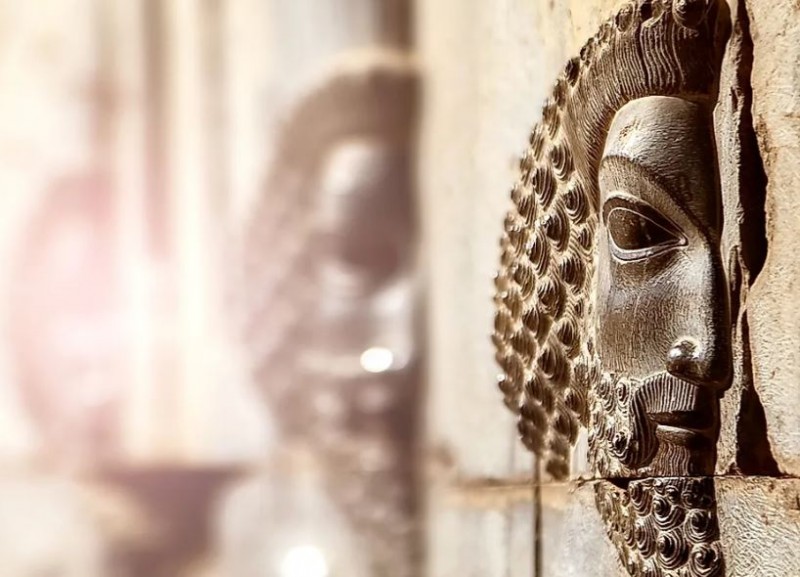
Persia, the ancient land known for its rich history and cultural heritage, underwent a significant transformation to become Iran. This transformation is rooted in a series of historical events, including the Islamic invasion and conversion, and the subsequent exodus of the Parsis.
The region that is now known as Iran was historically referred to as Persia, a name derived from the ancient Persian Empire, which dates back to 550 BCE. For centuries, Persia flourished under various dynasties, including the Achaemenids, Parthians, and Sassanians, leaving a lasting impact on the world with their advancements in arts, literature, and architecture.
However, the course of Persian history took a significant turn with the arrival of Islam in the 7th century. The Islamic conquests, led by Arab armies, reached Persia, marking a pivotal moment in the region's history. With the fall of the Sassanian Empire, Persia came under the rule of the Arab caliphate, and the Islamic faith began to spread across the land.
Over time, the majority of the Persian population embraced Islam, and the country experienced a gradual process of conversion. As Islam became the dominant religion, the term "Iran" started to gain prominence. The name "Iran" has roots in the Avestan language and means "Land of the Aryans," reflecting the ancient heritage of the Persian people.
The 20th century witnessed the official transition of the country's name from Persia to Iran. In 1935, the Iranian government requested that the international community use the name "Iran" to refer to the nation, and the change was accepted globally. This shift aimed to promote a national identity that reflected the country's Persian heritage and cultural pride.
Amidst these historical shifts, the Parsis, followers of Zoroastrianism, faced their own unique journey. Zoroastrianism, one of the world's oldest monotheistic religions, was the dominant faith in ancient Persia. However, with the rise of Islam, Zoroastrians faced persecution, leading to a significant exodus from their homeland.
The Parsis sought refuge in different regions, with a notable group finding sanctuary in the western coast of India, particularly in the state of Gujarat. Here, they integrated into Indian society while preserving their distinct religious and cultural practices. The Parsi community thrived in India, contributing significantly to its social, economic, and cultural fabric.
Today, Iran stands as a nation deeply rooted in its Persian heritage, while the Parsis continue to thrive in India, maintaining their ancient traditions and enriching the diverse tapestry of the Indian subcontinent.
In conclusion, the journey of Persia becoming Iran is a testament to the enduring nature of cultures and religions. While the Islamic invasion and conversion brought significant changes to the region, the resilience of the Persian identity remains at the core of Iran's modern existence. Similarly, the Parsis' exodus to India showcases the strength of human spirit and the power of preserving one's heritage in the face of adversity. Both Iran and the Parsis stand as living examples of the complexities and richness of history, shaping the world we know today.
EU Considers Moving Military Training Centers to Ukraine
Former Venezuelan Spy Chief Headed to US to Face Drug Charges
'Eternal gratitude' is extended to the Russians by the head of British intelligence